Source and more information about bugs that look like ticks.
Interesting Tick Facts You Should Know
Tick Nest
Ticks are mistakenly considered to be insects, but actually, they refer to arachnids. The study of ticks is related to such a section of zoology as acarology. According to scientists, there are over 54,000 species of these tiny arachnids in the world.
But every year, the number of species is increasing, thanks to new discoveries and research. Ticks cause great harm to humans and animals. Ticks are often the carriers of infectious diseases dangerous for humans, domestic, and wild animals.
Tick Bites

The bite of a tick can cause serious consequences. The fact is that ticks are often the carriers of infections that can lead to death. These are Lyme disease, West Nile fever, tularemia. The most detrimental thing that can occur after the bite is tick-borne encephalitis, an acute viral disease that affects the central nervous system.
Initially, the infected person feels weakness, irritability, slight headache. And in just a few days the body temperature rises to 40 degrees, followed by migraines, vomiting, and dizziness.
Not all ticks carry Lyme disease. The typical carrier of borreliosis is the so-called deer tick (Ixodes scapularis). To know what they look like, find pictures of baby ticks on the Internet.
Interesting facts about ticks
- The smallest tick in the world is only 0.08 mm long.
- Three adult ticks, if put together, will look like a dot at the end of a sentence.
- At birth, a tick is not a carrier of dangerous infections, it acquires them later. Ticks become dangerous after consuming the blood of birds or mammals that carry the bacterium.
- A female tick is able to eat 100 times more food than a male. After such a rich meal, the female can increase in size by 150 times.
What Does a Tick Look Like?

The tick is small. Adult insects are up to 3 cm in size, but most species are 1.5 cm or smaller. All ticks are parasitic. Their color and body shape may change after blood supply. Blood makes ticks increase in size. Blood goes directly into their intestine during suction. As a result, the weight of the tick increases several times.
The gut is made up of many chambers and therefore is able to stretch so that a replete tick can weigh up to 200 times more than a hungry one. Ticks usually have 4 pairs of legs, and eyes may be present or absent. Some ticks are round, others are flat.
Where Does a Tick Live?

Ticks live in ordinary parks, forests, and in the green areas near lakes. Most people mistakenly think that ticks can be met only in dense forests with shrubs. But, according to statistics, most of the post-bite hits are recorded among the urban residents who return from the local parks after the daily walks through the streets of trees.
You can also find a tick near a country house. Most victims do not feel when they are being bitten as the tick releases anesthetic fluid. The tick can crawl on the human body even in the apartment as you can bring it with a bouquet of flowers or it was on the wool of a pet that came from the walk. It can attack you in transport if the tick was on the clothes of other people returning from the forest.
Ticks life cycle
Like all arachnids, ticks have a clear division into females and males. The most interesting life cycle is monitored in bloodsucking species. The following stages of tick development are distinguished:
- Eggs
- Larva
- Nymph
- Adult
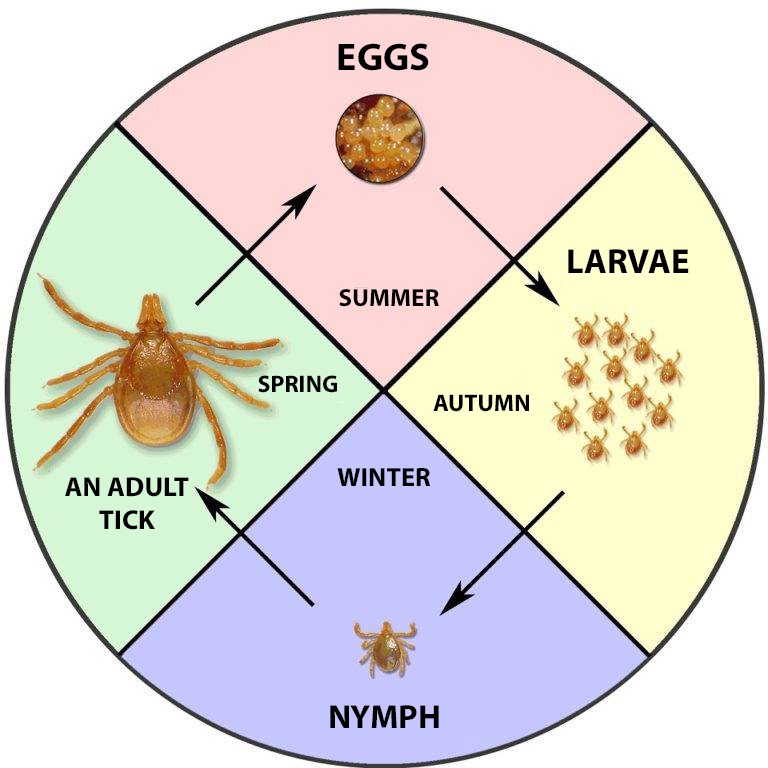
Wood Tick Nests
You may come across some contradicting information on the Internet. Tick eggs can be found, but it is extremely difficult because of their size. Scientists are warning you will not notice tick eggs in grass.
You are more likely to find eggs of slugs, snails, spiders, insects, but these are not tick nests (although they are close relatives of spiders). Do not destroy the eggs of insects, as they may belong to an important species for the ecosystem of this region. There are plenty of tick nest images on the web, here you can check some of them.
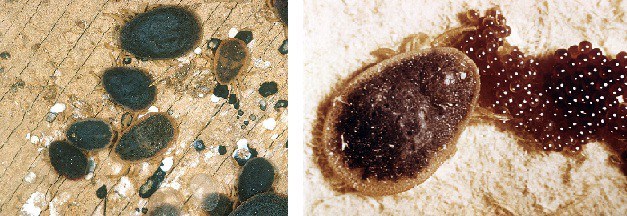
A wood tick is a blood-sucking parasite of a small size, up to 4 mm in length (see photo), which, after getting on an animal or human skin, finds a suitable area and digs into it.
Females usualy stays on the humans body at least for six days, and males 3?4 days. During this period, due to blood saturation, the body of the parasite can increase in size by 120 times. At the same time, the victim will not feel the bite of the wood tick directly, and all thanks to the parsites saliva, which negates the sensitivity of pain receptors.

Because of this that it is not possible to detect a tick on your body immediately.
Wooden Ticks live, contrary to popular belief, not in trees, but in grass. They are usually located at a height of up to one meter. Ticks like to hide on the back of the leaf. They conduct wait-and-see tactics: as soon as the opportunity arises, they will immediately move to clothes and, rising up, will try to find a bare skin area.
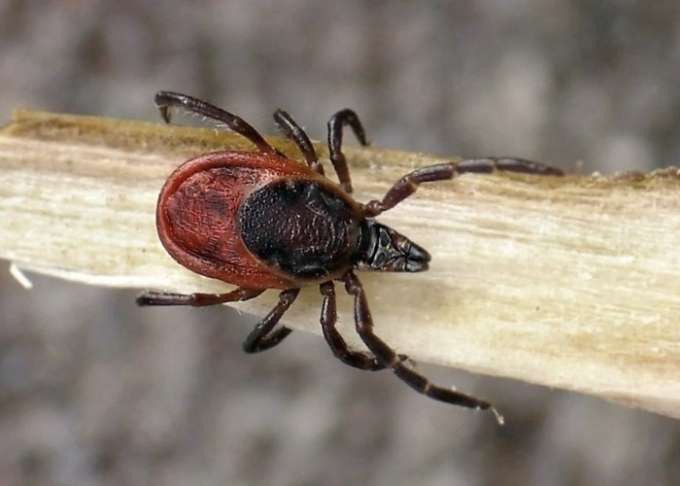
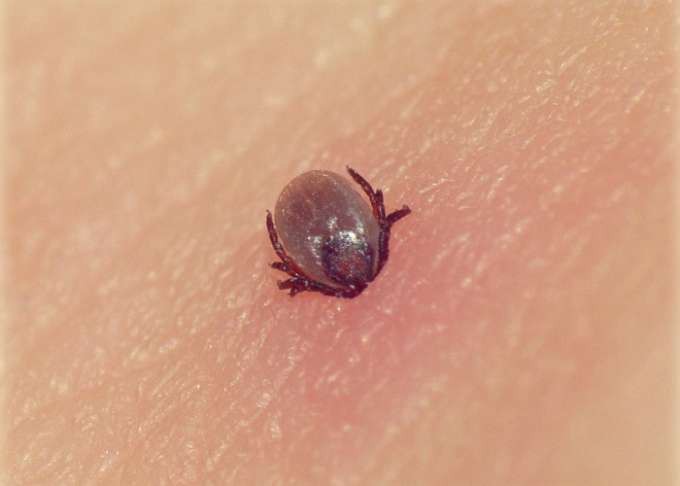
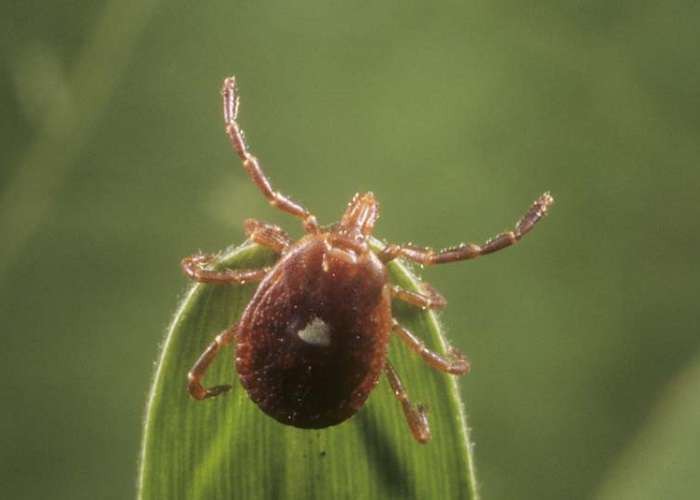
Tick Eggs
In the spring or late summer, saturated with the blood, the fertile female tick lays eggs, and their amount may reach 2.5?3 thousand. What do tick eggs look like? They are a large enough cell, consisting of a nucleus and cytoplasm, and also covered with a two-layer shell of different colors. Tick eggs come in many shapes, from oval to square, flattened and elongated.
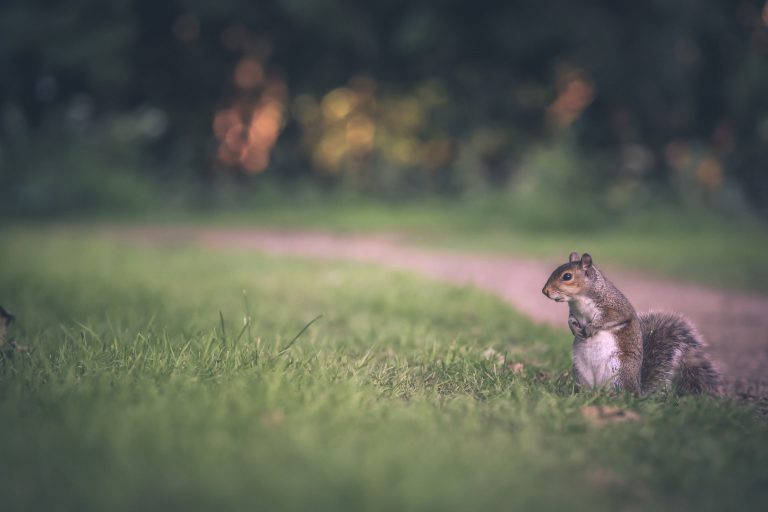
Ticks lay eggs in places with vegetation. They may choose cracks formed in the ground, especially if they are near the animal?s resting place. As soon as the eggs hatch, the house and animals may be affected by the invasion. The tick can lay 3000?7000 eggs, which is a rather disturbing figure.
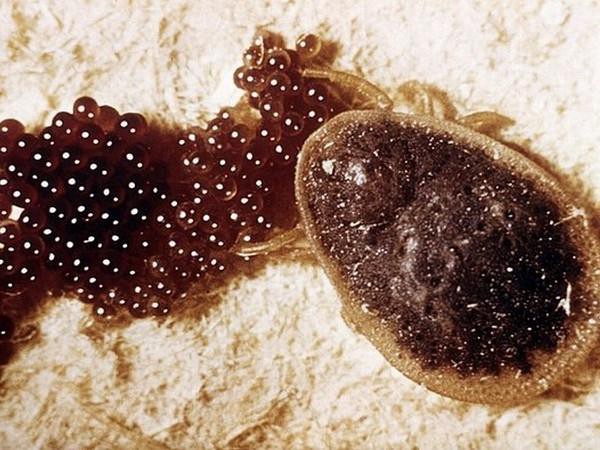
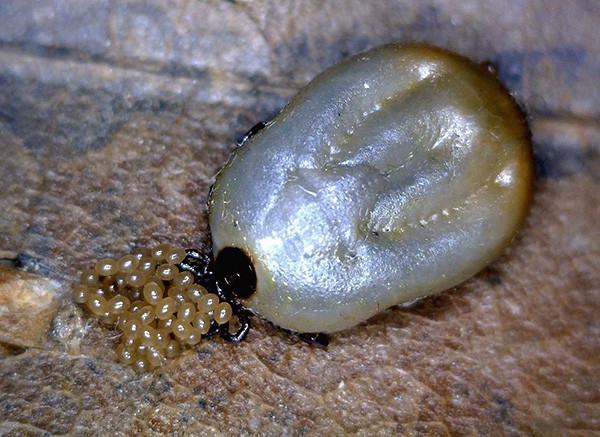
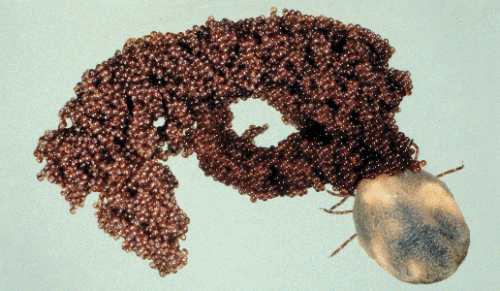
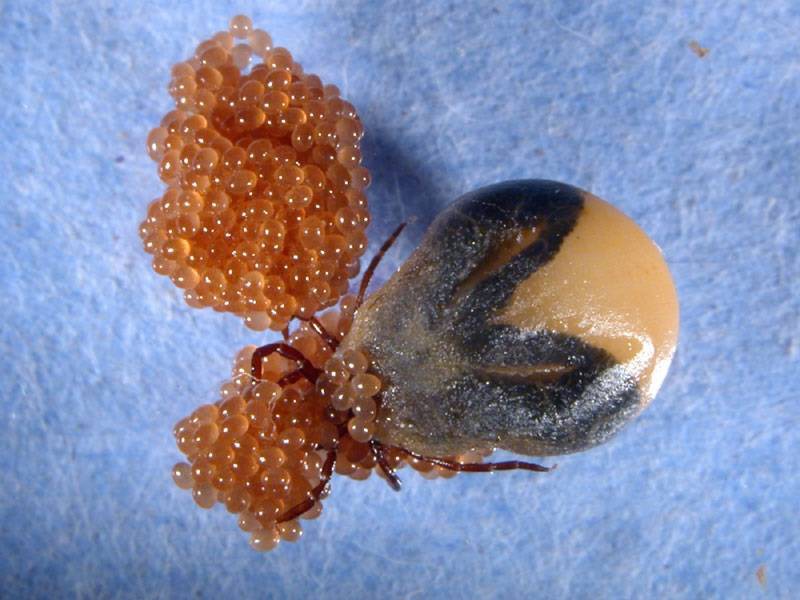
How many babies do ticks have?
The eggs with baby ticks are laid in the ground. The larvae that emerged from the egg eat just once, usually on small mammals (rodents, insects). Then it falls to the ground, sheds, and enters the next stage (nymph). After feeding and molting, it turns into an adult. A few thousand baby ticks are born from one tick nest.
How to Protect Against Ticks?

The most effective remedies are repellents. These are special sprays for children and adults, which are applied to outerwear and deter ticks.
You can also try folk remedies to keep ticks away:
- Ticks do not like the smell of geraniums and lavender, you can put some springs of these plants in the pocket, going to the forest;
- The intense scent of essential oils are also able to deter ticks;
- When visiting densely populated areas, it is advisable to wear long-sleeved clothing and pants instead of shorts;
- Prefer running shoes or shoes that protect the foot, as well as light colors of clothing where the tick is more noticeable;
- Wear socks and caps;
- Prefer walking paths away from shrubs and dense trees;
- Use insect repellent spray;
- After returning home, check for ticks on the body, clothing, and pets you have been on a walk with;
- 2?4 weeks after the tick bite it is worth to visit a doctor for inspection.
When to see a doctor after a tick bite?

If you are bitten by a tick, it is advisable to see a doctor as soon as possible! He knows better how to remove it! Be sure to consult your doctor immediately if you have one of these symptoms after a tick bite:
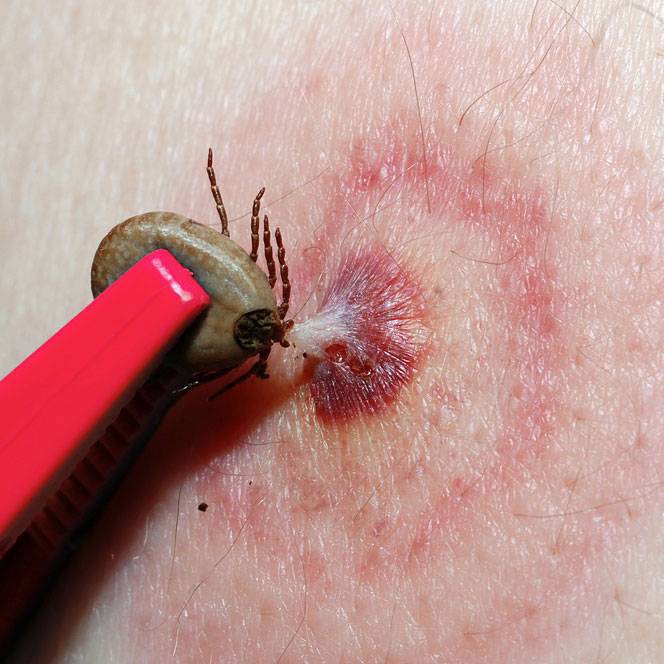
- the bitten area became red and has been increasing;
- part of the tick remains under the skin;
- any type of rash on the body;
- fatigue;
- headache;
- general indisposition;
- fever;
- high temperature.
Symptoms can develop even after 1.5 months!
Interesting facts about ticks
- The smallest tick has a size of 0.08 mm. That is why this subspecies is listed in the Guinness Book of Records.
- If you take 3 adults, whose size does not exceed 0.2 mm, they will look like a dot, which is usually put at the end of the sentence.
- Ticks that are part of the superfamily Argasidae have an unusual phenomenon called omovampirism.
- Tick-borne encephalitis virus, as well as some other arboviruses, bacteria and rickettsia can be transmitted transovarially. This means that an infected tick lays infected eggs, passing the disease to its offspring.
- Females of the ixodid species of ticks eat a hundred times more food than a male. As a result, an individual becomes 150 times larger than a hungry one.
- Ticks are able to lay completely unfertilized eggs, from which offspring subsequently appear. This is called parthenogenesis, this factor makes it possible to continue the genus even in the absence of a sexual partner.
- An adult tick easily tolerates a complete lack of food for two years, and such a hunger strike does no harm to the parasite.
Frequently asked questions
What do Ticks Look Like?
At first ticks are small, but when it gets some blood, it increases several times. Look at this tick on the hand.
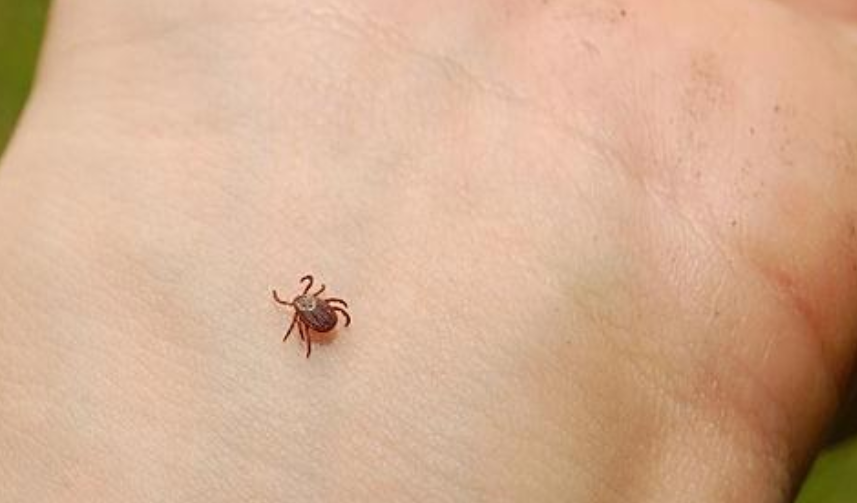
Do ticks fly?
Ticks don?t fly and don?t jump, they wait for their victims on grass and branches of bushes. Not only people can be bitten by ticks, but also domestic animals, which, become bitten quite often, and can be carriers of tick-borne infections.
How many legs do ticks have?
The tick has 8 legs
How big are ticks?
The length of ticks is usually 0.2?0.4 mm
Do ticks have wings?
Ordinary ticks does not have them. But some insects like a deer tick or moose botfly. Quite vile and tenacious, very similar to a tick (a tick, however, is not an insect), and have wings.
Source:Beezzly


